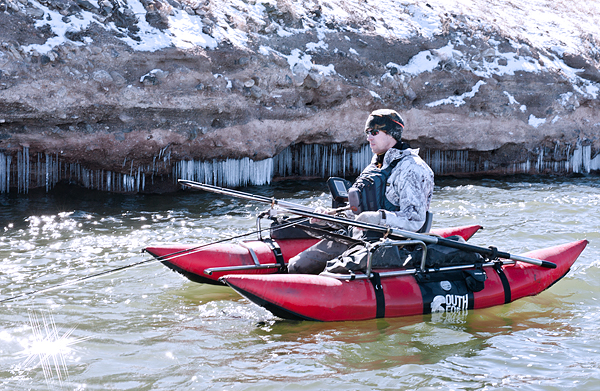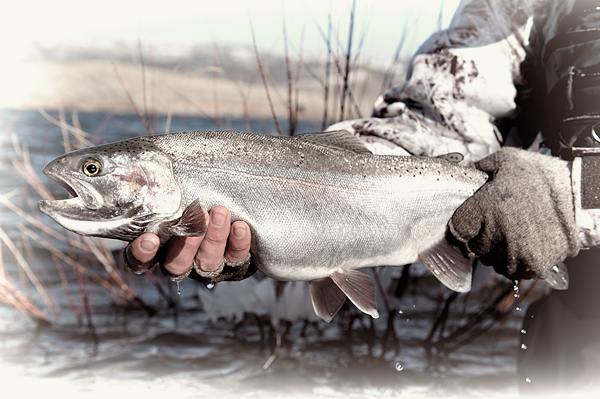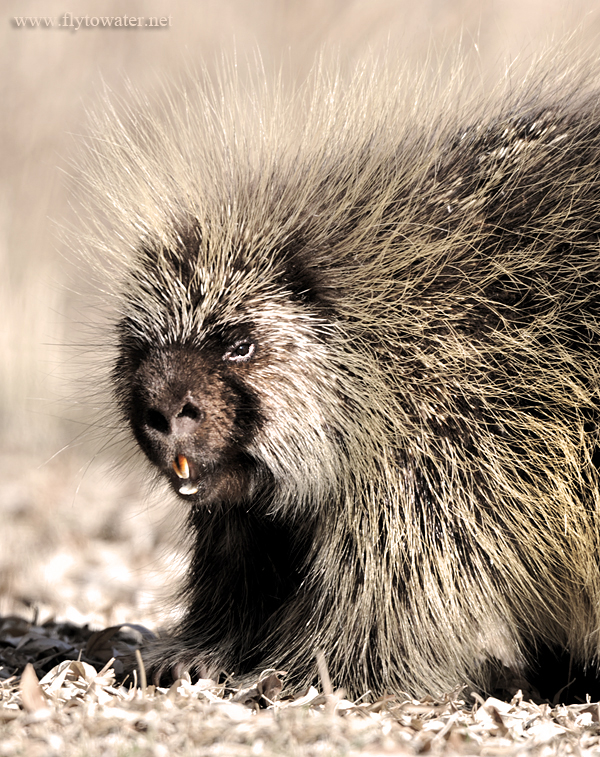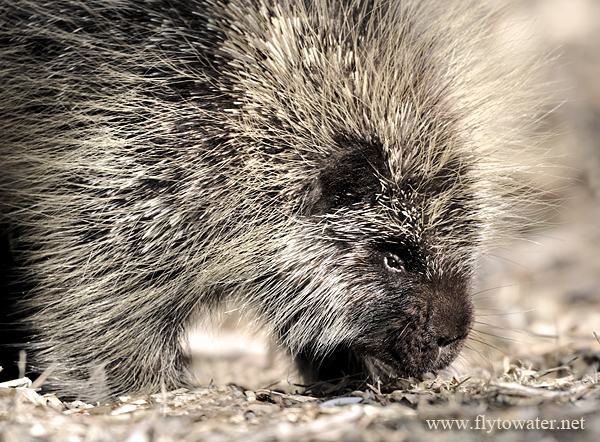When all else fails...NEW TACTICS.
Around Thanksgiving I wrote
HERE about a covey of jittery, rural quail that have unabashedly given me the bird for years. This group and I have a certain understanding: I foolishly attempt to approach them, and they in turn show me their asses at 100 yards. It's not an equitable arrangement.
As the new year approached, I began wondering if a tried and true upland
hunting technique - using a blocker - might work on the photo front. Thinking back, I believe my wildlife photography has benefited greatly from a lifelong background as a sportsman. Understanding animal behavior patterns, body language, vocalization, and other factors seems to provide me at times with an edge behind the lens. The idea of pushing/blocking upland game is not new, but shotguns have an effective range of about 50 yards - a distance that needs to be cut in half with a camera. Still, it was a concept that seemed worth testing out.
I gave Jason Morrison a call, and the game was afoot. Jay is a guy who I knew had the skill to nail a fleeting opportunity that would last only seconds.
Arriving at the scene, an old farm in Northern Utah, I was disappointed to find that the birds did not pass the night in their usual spot. It was a downer, because the golden light of morning created a perfect stage upon which there were no performers. Preparing to seek other possibilities, we suddenly noticed the covey near an old corral that had not seen use in ages. It was at this point that long experience with upland birds kicked into gear, and I knew even before our approach that the situation was ideal.
It was my feeling that the covey, upon seeing my voluminous biomass heading in their direction, would sprint along the corral's contour for some 75 yards. Here, they would reach a dead end and begin flying up onto some aged fencing and an old, rock wall. Doing so would give them an escape route to the wheat fields beyond. If Jason could position himself near this natural collection point in advance, he would have front row seats as 30 quail paraded past him at about 8 paces.
Morrison took the road less traveled, going far out of his way and remaining concealed from view until he eventually circled back about 20 minutes later and got into position. I knew the birds wouldn't let me get close, so in the meantime I dug out my
Nikon TC20-EIII, a 2x teleconverter that would double the focal length of my lens.
Getting the ready signal from Jay, I emerged from cover and vectored towards the corral. I say "vectored" because it's something of an art to advance on animals without appearing as if you are necessarily headed
directly at them. It's one of those "look casual" things. As the pusher, I carefully observed the birds in the covey to watch for signs of nervousness, and paced myself to avoid a flush. The quail moved deliberately, but not in a panic, towards the blocker position. A few stragglers occasionally tried to double back, and afforded me several medium distance shots from perhaps 20 yards.
At one point I was able to lie down and capture a unique image as this male passed into a natural frame created by the bottom rail of the corral and 2 posts. Shadows from the fencing formed a number of leading lines, drawing the eye towards the well-lit subject:
The day nearly ended in tragedy as
JayMorr encountered a rare, silent killer: A quail stampede. 60 tiny feet, possibly descended from the velociraptor's, bore down on the blocker position. From my perspective the whole thing wound up looking like some kind of avian flash mob dancing a
Spanish Flamenco around Jason. True to form he did not miss the opportunity. Be sure to drop in and see some of his fantastic imagery - shot from 8 paces (
HERE). If you haven't attempted to photograph wild, rural game birds - it's difficult to articulate how extraordinary a situation like this really is. The aggregation of great light, point-blank subjects, correct position relative to the sun, and very little time to work with all combine to make Jay's photographs remarkable. It was the ideal way to spend New Year's. A big congrats to Morrison on his first wild California Valley Quail images, and all the dues that were paid leading up to the moment.
Nikon D300
Nikon 400mm f/2.8 VR - f/8, 1/320, ISO 400
Nikon TC20-EIII Teleconverter
Distance to Subjects: 60 Feet/20 Yards








